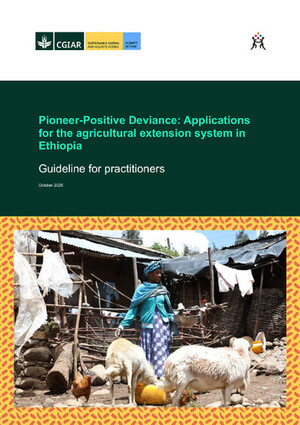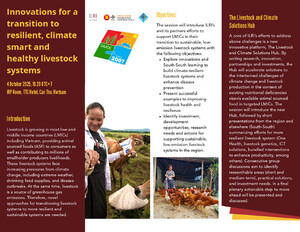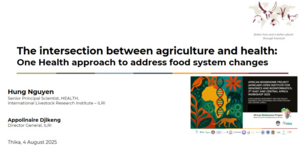
Antibiotic resistance of bacterial isolates from smallholder poultry droppings in the Guinea Savanna Zone of Nigeria
Abstract
There is a growing risk of antibiotic resistance (AR) in smallholder poultry (SP). This study, therefore, aimed to investigate AR pattern of bacterial isolates from SP in the Guinea Savanna agro-ecological zone of Nigeria. A total of 120 fresh poultry droppings were aseptically collected, randomly, from two tropically adapted (FUNAAB Alpha and Noiler) and local chickens. The chickens were raised either using ethnoveterinary medicines (n = 60) or antibiotics (n = 60). Bacterial isolates were characterized and analyzed using standard protocols, and appropriate statistical tools. Compared to Pseudomonas spp. (2.5%) and Klebsiella spp. (5.8%), Salmonella spp. (57.5%) and Escherichia coli (34.2%) were the most prevalent (χ2 = 96.67; p < 0.001). Prevalence of bacterial species was significantly (p = 0.024; Odds Ratio = 2.552) influenced by antibiotics usage. All four species were multi-drug resistant. In total, 30% of the isolates had a multiple AR index ≥ 0.2. Bacterial isolates from FUNAAB Alpha (58.0%) and Noiler (44.0%) were highly resistant to quinolones, while isolates from the local chickens (22.6%) were most resistant to aminoglycosides. Bacterial species isolated from FUNAAB Alpha and local chickens exhibited the lowest and highest percentage of AR, respectively. Clustering of isolates with similar antibiogram revealed inter-species dependence with possibility for inter-species gene transfer. These findings provide a background to investigate the metagenomics of local and improved chickens for AR.
Citation
Bamidele, O., Yakubu, A., Joseph, E.B. and Amole, T.A. 2022. Antibiotic resistance of bacterial isolates from smallholder poultry droppings in the Guinea Savanna Zone of Nigeria. Antibiotics 11(7): 973.










